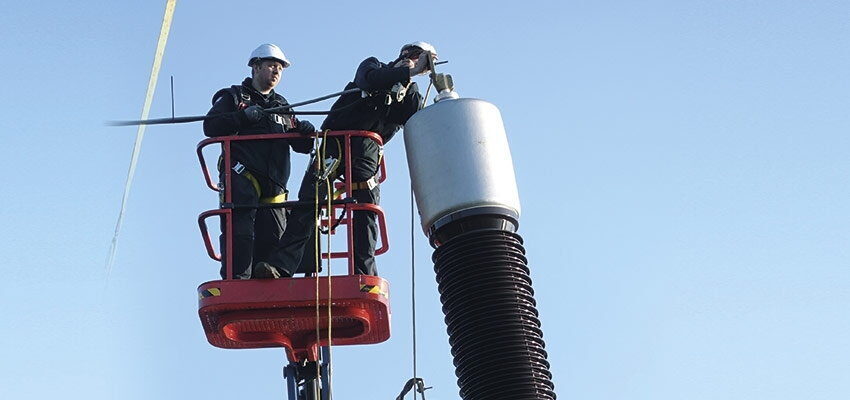
Column: Power transformer lifecycle
Transformer specification and sustainability 1. Introduction To secure the quality of the installed asset base, in this case power transformers, utilities and industries rely on...
byJos M. WETZER

Transformer specification and sustainability
1. Introduction
To secure the quality of the installed asset base, in this case power transformers, utilities and industries rely on quality assurance (QA). Here quality may be defined in terms of ‘the ability of a product (or service) to satisfy stated or implied needs’. Such needs are to be identified up front and may be related to safety, reliability, sustainability, compliance and other so-called “business values”. In short, transformer quality assurance needs to secure that:
- the transformer meets the requirements stated;
- the transformer is fit for its intended purpose;
- no latent defects are present that form a risk to future operation.
Quality assurance may be regarded as one of the ways to control transformer related risks, namely by limiting the failure probability in service. The most common causes of power transformer failures are well documented in a recent CIGRÉ brochure named “Transformer Reliability Survey” [1]. It presents an international transformer failure survey including calculated failure rates and failures classifications with respect to failure location, cause, mode and effects.
This paper is focused on quality assurance in the early phases of the lifecycle, prior to operation. The question will be addressed what quality assurance options are available and meaningful. Specification is presented as one of the possibilities of quality assurance, and the different specification requirements and options are discussed in more detail.
These days, transformer requirements increasingly involve sustainability aspects. Such aspects may include the environmental impact, energy efficiency and losses, and the lifetime and recycle options of the materials. This paper discusses how such sustainability may be incorporated in the transformer specification.
2. Quality assurance in the early lifecycle phase
Quality assurance is relevant throughout the transformer lifecycle but, in this contribution, we focus on the early lifecycle phases, ending with the Site Acceptance Test or Commissioning Test. The Transformer Reliability Survey quoted earlier [1] shows that roughly 30% of all failures may be attributed to causes that find its root in this early lifecycle phase. The most important early lifecycle failure causes, and the related options for quality assurance, are presented in Table 1.
Table 1. The most important early lifecycle failure causes, and the related options for quality assurance








